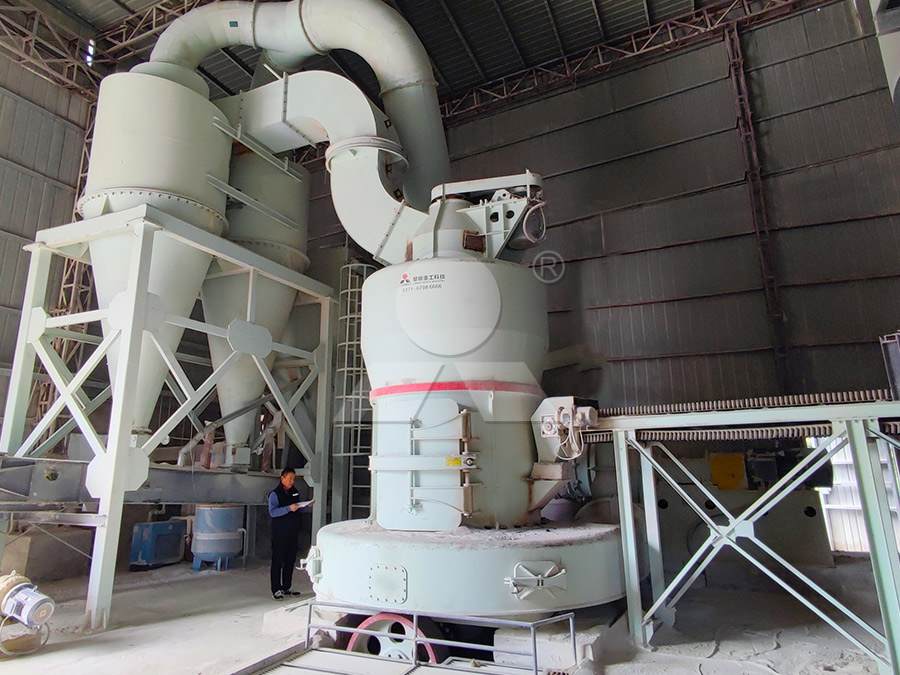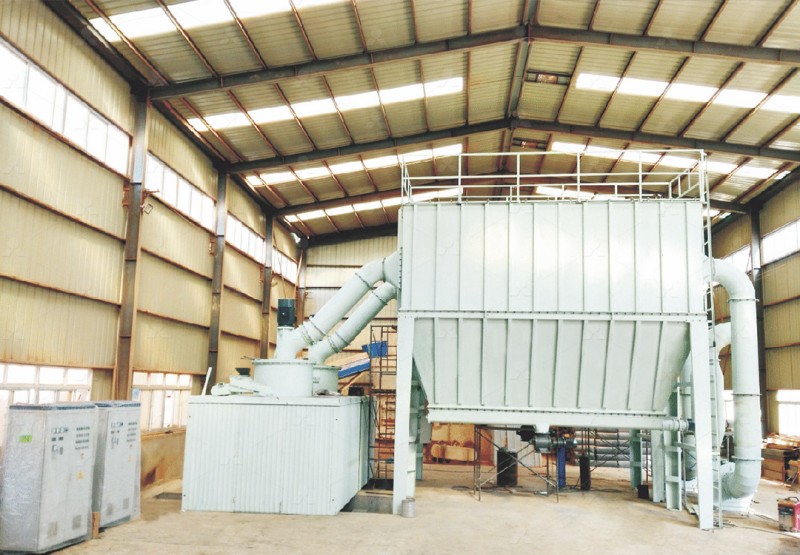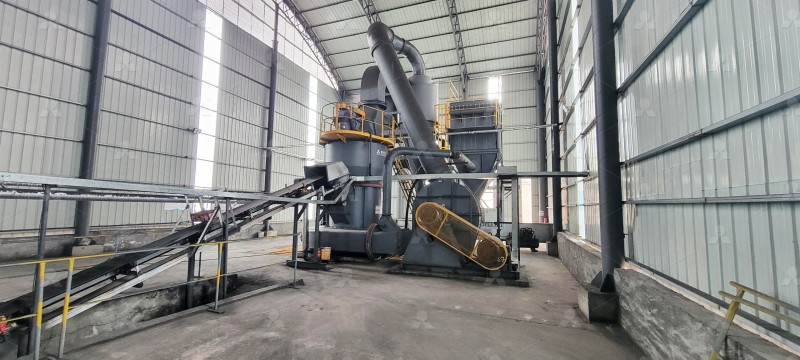Optimizing Metallurgical Kiln Performance with Advanced Roller Mill Technology
We provide a wide range of mills — including Raymond mill, trapezoidal mill, vertical mill, ultrafine mill, and ball mill, obtained ISO9001 international quality certification, EU CE certification, and Customs Union CU-TR certification. Suitable for processing minerals such as limestone, phosphate, quicklime, kaolin, talc, barite, bentonite, calcium carbonate, dolomite, coal, gypsum, clay, carbon black, slag, cement raw materials, cement clinker, and more.
The discharge range of these mills can be adjusted to meet specific processing needs, typically from 80-400 mesh, 600-3250 mesh, and can achieve the finest particle size of up to 6000 mesh(D50).
If you are looking for a reliable grinding solution to turn stone or minerals into fine powder, please feel free to contact our online customer service.
Optimizing Metallurgical Kiln Performance with Advanced Roller Mill Technology
The metallurgical industry is constantly seeking ways to enhance efficiency, reduce operational costs, and minimize environmental impact. A critical component in this pursuit is the optimization of kiln performance, which is heavily dependent on the quality and consistency of the raw material feed. The grinding process, in particular, plays a pivotal role. Traditional ball mills, while reliable, often fall short in terms of energy efficiency, particle size distribution, and overall system integration. This is where advanced roller mill technology steps in, offering a paradigm shift in how we prepare materials for metallurgical kilns.
The Limitations of Conventional Grinding
Conventional grinding systems, such as ball mills, are known for their high energy consumption and significant heat generation. They often lead to broad particle size distributions, which can negatively impact kiln efficiency, fuel consumption, and the final product quality. Furthermore, their large footprint and substantial maintenance requirements add to the overall cost of operation. The industry’s shift towards finer, more uniform raw mixes demands a more sophisticated approach to comminution.

The Roller Mill Advantage
Advanced roller mills address these challenges head-on. By utilizing a bed-compression grinding principle rather than impact or attrition, these mills achieve a much more efficient size reduction. This results in a steeper particle size distribution curve, meaning more particles are in the ideal size range for kiln feed. The benefits are multifold: reduced specific energy consumption (often by 30-50% compared to ball mills), lower noise levels, and a system that is easier to control and automate.
Introducing the MW Ultrafine Grinding Mill
For operations requiring an exceptionally fine and consistent product, the MW Ultrafine Grinding Mill presents an ideal solution. This machine is specifically engineered for customers who need to produce ultra-fine powder with high precision. With an input size of 0-20 mm and a capacity range of 0.5-25 tph, it is remarkably versatile.
Its key features make it stand out for demanding metallurgical applications:
- Higher Yielding, Lower Energy Consumption: Its newly designed grinding curves enhance efficiency, offering production capacity 40% higher than jet mills while consuming only 30% of the energy.
- Adjustable Fineness (325-2500 meshes): A German-technology, cage-type powder selector allows for precise control over product fineness, achieving a superb d97≤5μm in a single pass.
- Eco-Friendly Operation: An integrated efficient pulse dust collector and muffler ensure the entire milling process meets stringent environmental protection standards, with no dust pollution and significantly reduced noise.

System Integration and Kiln Synergy
The true value of a roller mill is realized when it is seamlessly integrated into the entire production line. A mill like the MW series provides a stable, consistent, and precisely controlled feed directly to the kiln. This uniformity allows for tighter control over kiln parameters such as temperature profile and retention time, leading to more efficient combustion, reduced specific fuel consumption, and higher quality clinker or metal output. The reduced iron content from the non-contact grinding principle also preserves the purity of many metallurgical processes.
Conclusion
Investing in advanced roller mill technology is not merely an upgrade to a single piece of equipment; it is an investment in optimizing the entire kiln process. The move towards solutions like the MW Ultrafine Grinding Mill translates directly into tangible benefits: drastic energy savings, lower maintenance costs, superior product quality, and a significantly reduced environmental footprint. For any metallurgical operation aiming to stay competitive and sustainable, embracing this technology is no longer an option but a necessity.

